RideNow TPU Tubes Review: Light, Fast, but Fragile
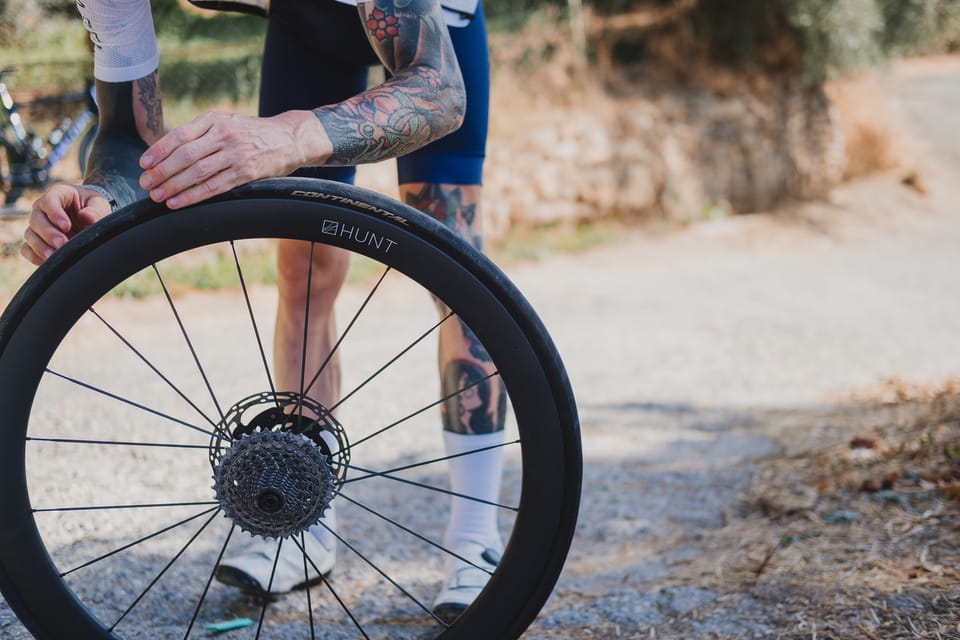
When it comes to chasing speed and shaving weight on the bike, it seems like cyclists are always looking for the next small advantage. Aero frames, carbon wheels, deep-section rims, waxed chains the list of marginal gains we chase is endless. One of the newer players in this space is TPU (thermoplastic polyurethane) inner tubes. They’re not exactly brand new anymore, but they’re still not mainstream, and many riders are curious if they’re worth the switch.
We’ve been putting the RideNow TPU tubes through their paces over the past few weeks. The results have been a mix of excitement and frustration with moments where we felt like we’d unlocked hidden speed, and others where we were stood on the roadside shaking our heads with another flat.
This is our honest take.
What Makes TPU Tubes Different?
Before diving into RideNow specifically, it’s worth explaining what TPU tubes are and why people are raving about them. TPU stands for thermoplastic polyurethane, a material that’s lighter and thinner than traditional butyl rubber.
The key advantages are:
- Weight: TPU tubes can weigh as little as 30–40 grams, compared to 100 grams (or more) for a standard butyl tube.
- Rolling resistance: TPU tubes deform less as the tyre rolls, which means less energy is wasted and you feel smoother and faster.
- Packability: They’re so small and light you can stash a spare tube in your pocket and forget it’s there.
On paper, it sounds like the perfect upgrade. But like most performance products in cycling, there’s a catch durability and handling. TPU tubes can be fragile, especially during installation, and they don’t always shrug off punctures as gracefully as butyl.
First Impressions with RideNow
Pulling the RideNow tubes out of the packet, our first reaction was almost disbelief. They barely weigh anything, and they feel almost like cling film compared to a normal tube. That lightness is exciting if you’re the type of rider who obsesses over the scales, but it also makes you cautious.
Installing them required more patience than usual. You need to be deliberate and careful, no rushing with levers or snapping the tyre bead into place. Pinching is an ever-present risk. It took us longer than normal to fit them, and to be honest, it wasn’t a process we enjoyed.
But once they were in, pumped up, and holding air, there was a real sense of anticipation. Were these little wisps of plastic really going to change the way the bike felt?
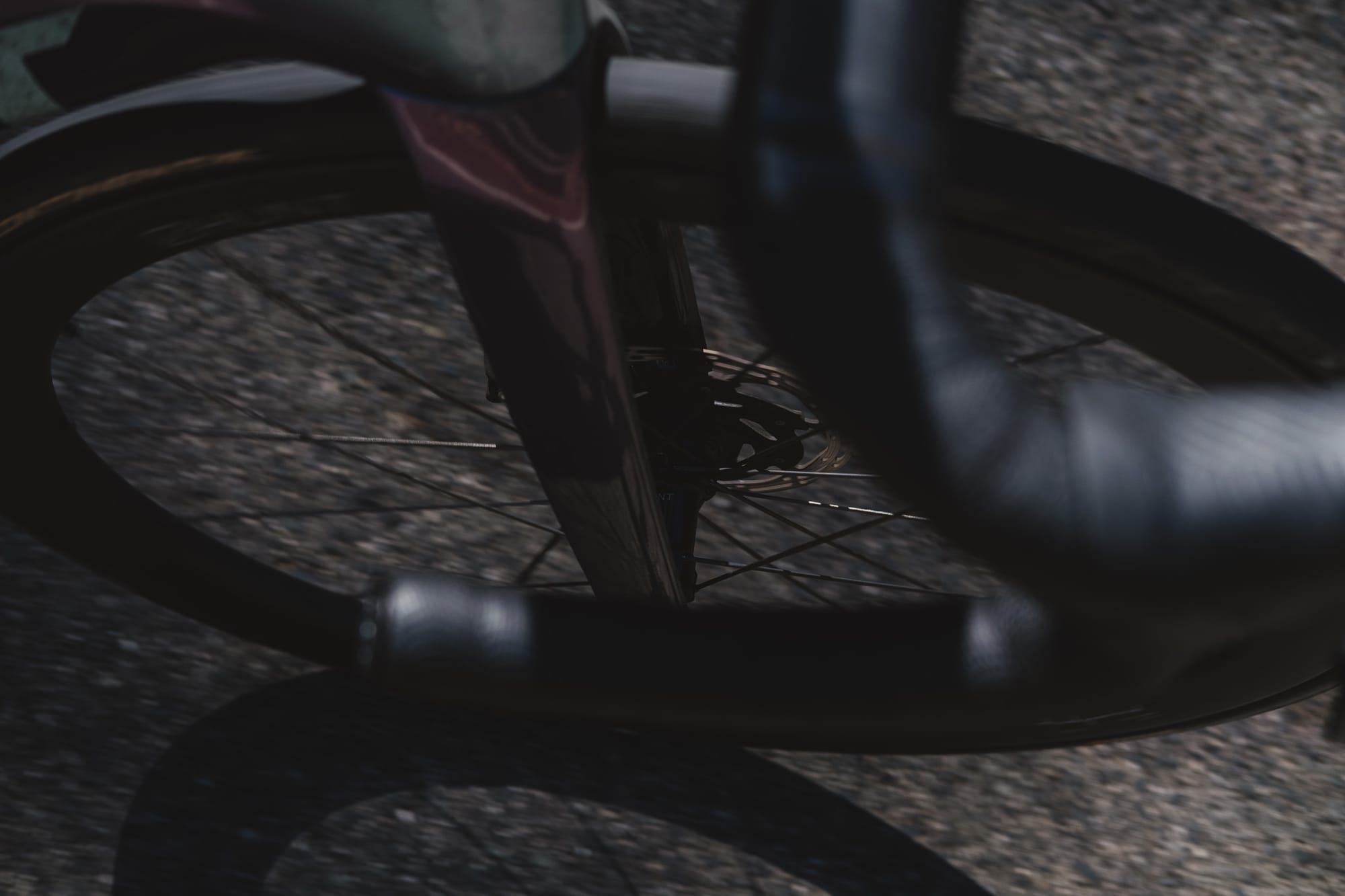
On the Road
The short answer: yes, they did.
The first few rides were a revelation. The bike felt livelier, climbs seemed to demand just a touch less effort, and the wheels rolled with that sensation of reduced drag. It’s hard to measure rolling resistance outside of a lab, but you feel it. Long stretches of road suddenly felt smoother, and accelerations had a little extra snap.
It’s not like adding 20 watts to your FTP, but it’s noticeable and as cyclists, we live for those small differences.
The downside, though, appeared sooner than we’d have liked.
The Punctures
In three weeks of riding, we had three punctures. That’s not an encouraging ratio. To be fair, this might partly be bad luck a piece of glass here, some roadside debris there. But it also speaks to the fragility of TPU.
Where butyl might survive a small cut or shrug off a minor pinch, TPU doesn’t always forgive. It feels like once the material is compromised, that’s it. One puncture came after just a normal, clean ride with no obvious culprit, which adds to the frustration.
It’s not just the punctures themselves, either. Repairing TPU isn’t as straightforward as fixing a butyl tube. You can patch them, but it’s fiddlier, and carrying a spare TPU tube feels like a necessity which partly cancels out the weight savings.
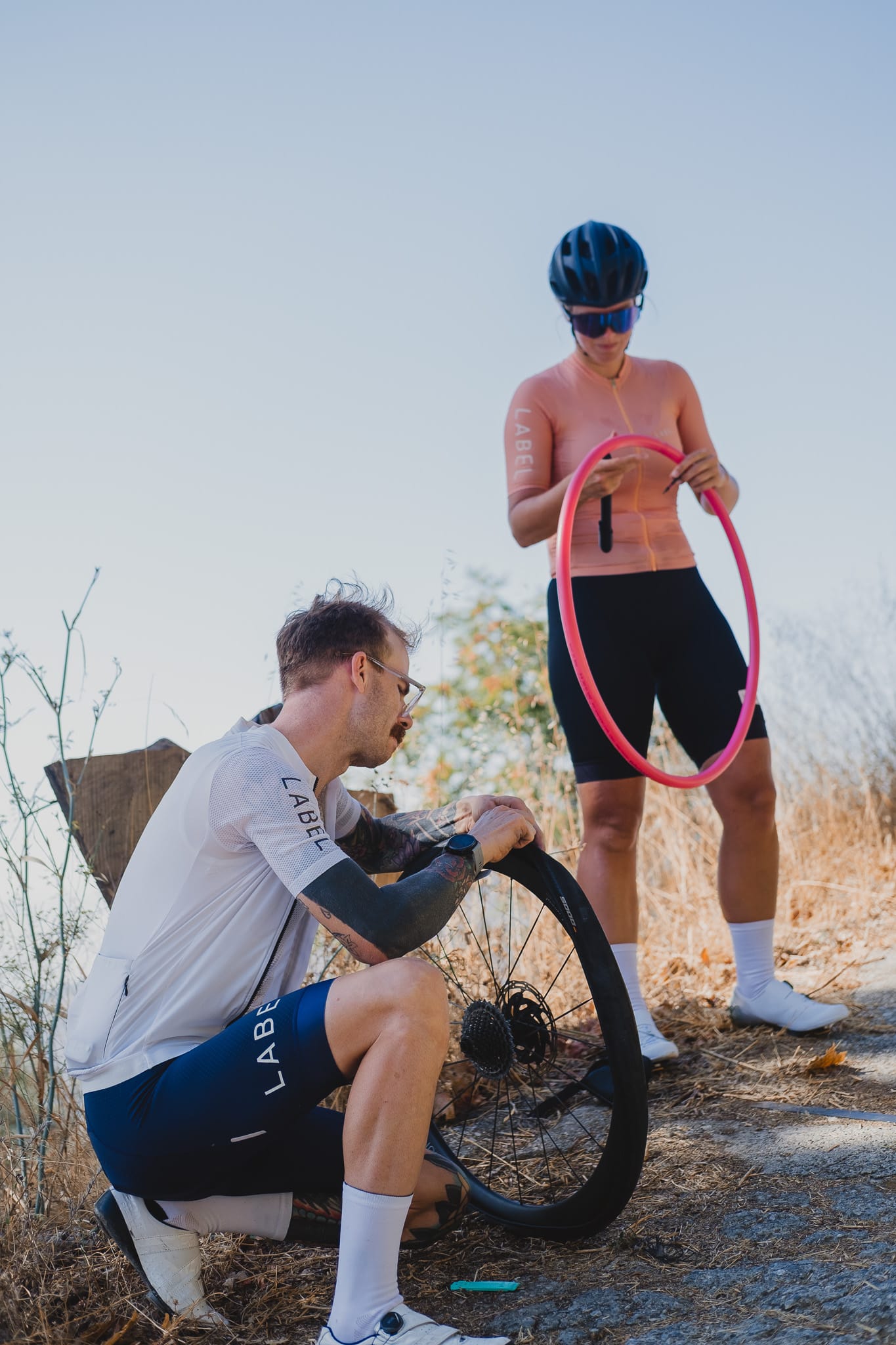
Price and Availability
This is where the RideNow TPU tubes get interesting. If you shop around, especially on AliExpress, you can pick up two for as little as €6–8 depending on the seller. At that price, they’re practically disposable, and you can accept a few failures in exchange for performance.
But in Europe, distributors are charging silly money prices that make you question the value entirely. Paying €20+ per tube for something that might puncture after a few rides just doesn’t add up. At the lower AliExpress prices, the gamble feels worth it. At the inflated EU distributor prices, we can’t recommend them.
Pros and Considerations
Here’s how RideNow TPU tubes stack up from our experience:
| What We Liked | A Few Things to Know |
|---|---|
| Extremely light, noticeable difference on climbs and acceleration | Fragile when inserting — easy to pinch or damage |
| Rolling resistance feels fantastic — smooth and fast | Prone to punctures, at least in our 3-week test |
| Very affordable if bought directly from AliExpress | EU distributors charge significantly higher prices |
| Convenience of clincher setup without committing to tubeless | Durability is questionable for long-term use |
Everyday Use vs Race Day
This is where we think TPU tubes like RideNow really find their place. For race day or special events, they’re fantastic. Shave those grams, squeeze out a bit more rolling efficiency, and enjoy that sense of speed when it matters most.
But for everyday training, long mountain rides, or commutes, they’re less practical. The frustration of repeated punctures simply outweighs the performance benefit. You want reliability when you’re three hours from home, not a roadside wrestling match with fragile tubes.
The Bigger Picture
What struck us during this test is how TPU tubes fit into the bigger story of cycling tech. They’re another reminder that performance often comes with a compromise. You can save weight, but maybe you sacrifice durability. You can gain speed, but perhaps at the cost of reliability.
For some riders, that trade-off is worth it. For others, especially those who just want to ride without thinking about their inner tubes, butyl or tubeless still makes more sense.
Verdict
The RideNow TPU tubes are a product we really wanted to love. And in some ways, we do. They deliver on their promise of speed, they’re unbelievably light, and when you find them at bargain prices online, they feel like one of the best value performance upgrades out there.
But our experience three punctures in three weeks is impossible to ignore. For us, the line between performance and practicality was crossed.
So where does that leave us? If you’re a racer, a time trialist, or someone who enjoys experimenting with the latest tech, give them a try. They might be exactly what you’re looking for. But if you value reliability above all else, you’ll probably find TPU tubes more trouble than they’re worth.
Final Rating: 6/10
Great performance, questionable durability, and value depends entirely on where you buy them.


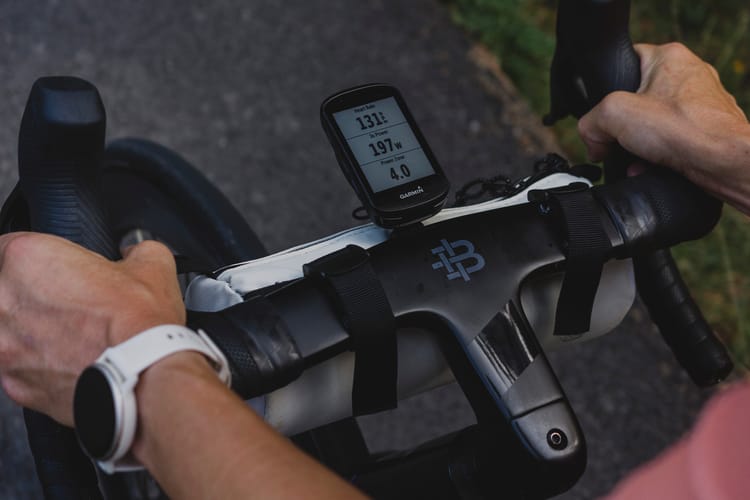
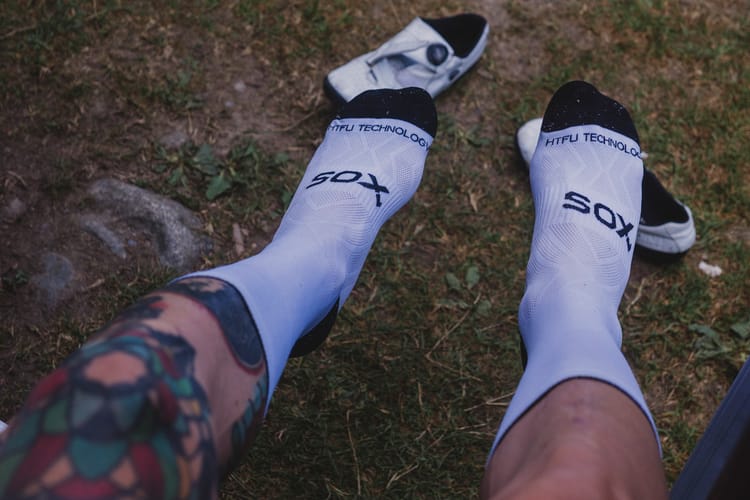


Member discussion